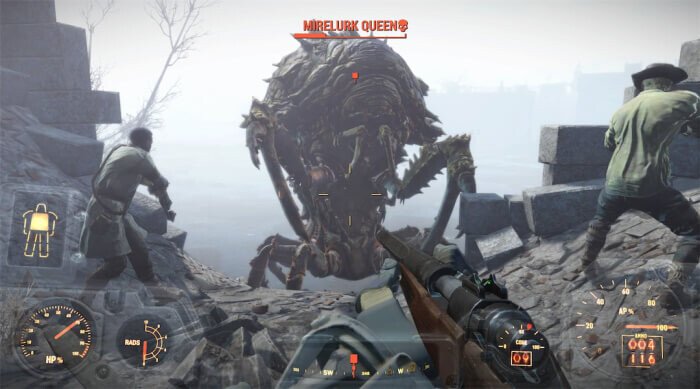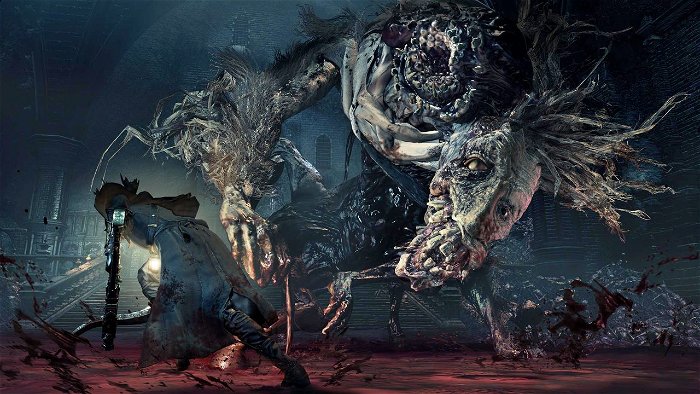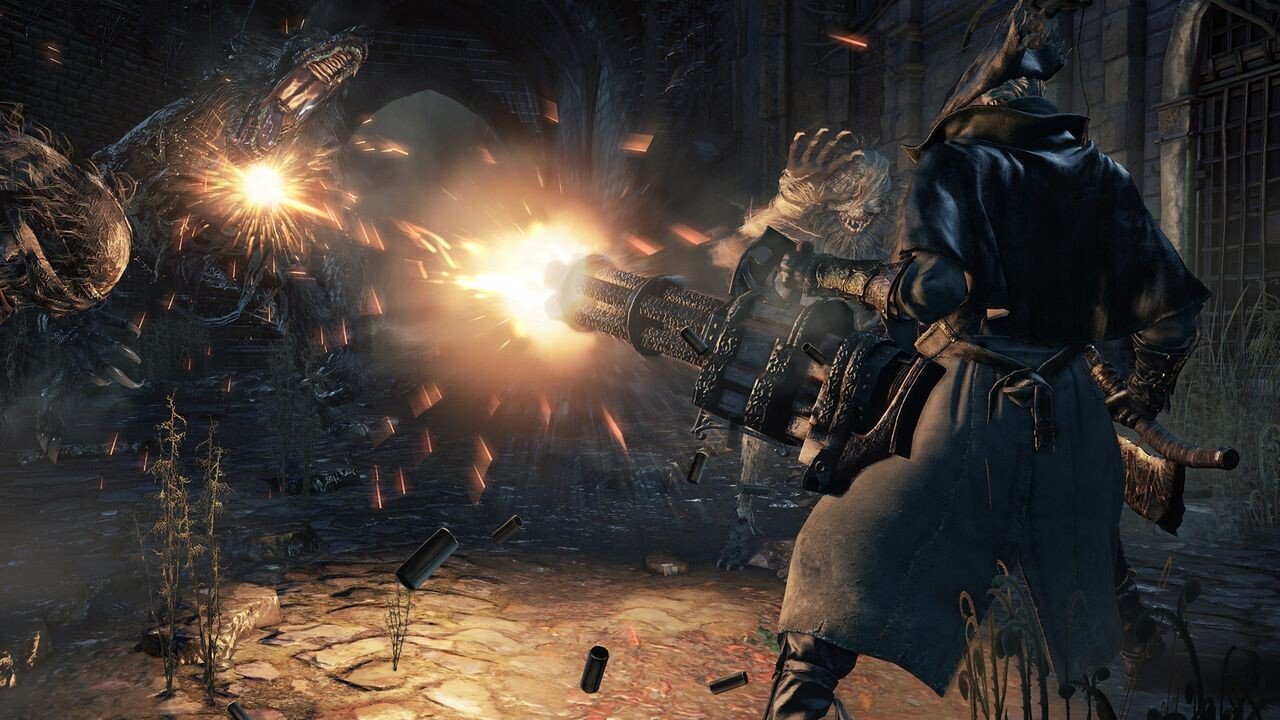I remember a conversation I had with fellow CG writer Brendan Quinn, during our second year at the Journalism Academy together. We were discussing Dead Space and I had said while I thought it was a good game, I never found it all that scary due to the massive amounts of health, ammo, and money you can stomp out of necromorph’s chests, not to mention how there’s a save point and store around every corner. I concluded by saying it’s hard to be scared when you’re an overpowered badass shooting up the USG Ishimura, to which Quinn responded: “well you should’ve been playing on Hard Mode.”
I’ve never understood “Hard Mode” in games, typically because I’ve never found them all that “hard.” Take, for example, Bethesda’s details for Fallout 4’s new Survival Mode, which is supposed to be the “hardest difficulty the game has to offer.” Some of these difficulty features include:
- Only being able to save when sleeping in a bed
- Taking and dealing more damage from and to enemies
- Not being able to fast travel
- Added status ailments like hunger, thirst, disease and fatigue

All these things might sound like they make a harder game, but much like the Hardcore Mode in Fallout: New Vegas, in practice they are more tedious than anything (and the last thing Fallout 4 needs is more tedium). Explain to me how not being able to save conveniently adds more challenge to the game when I’ll still be able to drop into stealth, shoot someone with my unsilenced sniper-rifle and remain hidden.
To me, saying a game is hard implies that there is challenge; something to test my reflexes and wits in interesting and complex ways. That’s my problem with these so-called “Hard Modes,” they never add any real challenge to a game. They create what I call “faux difficulty,” contriving a sense of challenge by making things seem more difficult than they actually are.
It was something I noticed most when my sister tried The Legend of Zelda: A Link Between Worlds. Having never played A Link to the Past or Between Worlds she jumped right into Hero Mode, and throughout the majority of her starting of the game, she was constantly screaming in frustration because one hit from enemies meant death, which meant she’d lose whatever item she’d borrowed for a dungeon and have to grind for rupees to get it back and continue on in the dungeon. Now how exactly does that make the game more challenging? The enemy AI remains the same, the puzzles are all the same, and while the placement of dungeon rooms may be different, for my sister jumping in sight unseen, this is meaningless.
While some may argue that the challenge comes from not getting hit, in most games this is next to impossible. To have such an incredibly severe punishment for getting hit and/or dying doesn’t make the game challenging, it makes it monotonous. There’s no real challenge in a game when, rather than dying in three hits you die in one. There’s no real challenge when, on the first level, you’re fighting enemies that belong on the tenth.
To me, a hard mode should be things that actively change the landscape of the game. In a game like Zelda, Hero Mode would provide more elaborate puzzles, intricately designed dungeons, and cunning enemies; things that actually challenge the player to think harder, navigate better and fight smarter. Now I don’t claim to know a lot about game design so however difficult this may be to program is beyond me, but to make a game truly “hard,” it needs to provide real challenge. Not getting hit just isn’t a real challenge.
I look at a game like Metal Gear Solid V: The Phantom Pain. While you can access a difficulty setting upon completion, what was already on offer made for a perfectly challenging game. Competent AI, balanced damage output/intake, and an incredible amount of strategy and planning that challenged your wits. For those looking to play on “easy mode,” MGSV did not restrict you from running in guns a’blazin like Rambo, so difficulty is only limited to how you want to play the game.

I look at a game like Bloodborne, a game that balances frustrating difficulty with reasonable player progression and weapon management. It’s a game that demands patience and planning, and punishes anyone who thinks they can jump into this game as if it were God of War. But it doesn’t make expert players feel comfortable either; beasts can best even the most seasoned hunters. Bloodborne doesn’t hold your hand, but offers an amazing frustration vs. payoff system, rewarding your struggle with the sweet satisfaction when you finally destroy a boss. It’s a game that throws you into the fire, and demands that you either become flame retardant, or go back to Super Mario.
If you ask me, the whole concept of “hard mode” should be removed from games. Much like “lives” in a Mario game, it’s an archaic system leftover from the days when you couldn’t fit more than an MP3 on a game cartridge and companies had to invent elements to extend gameplay. How they’re still getting away with doing that in the modern day, I’ll never understand.






